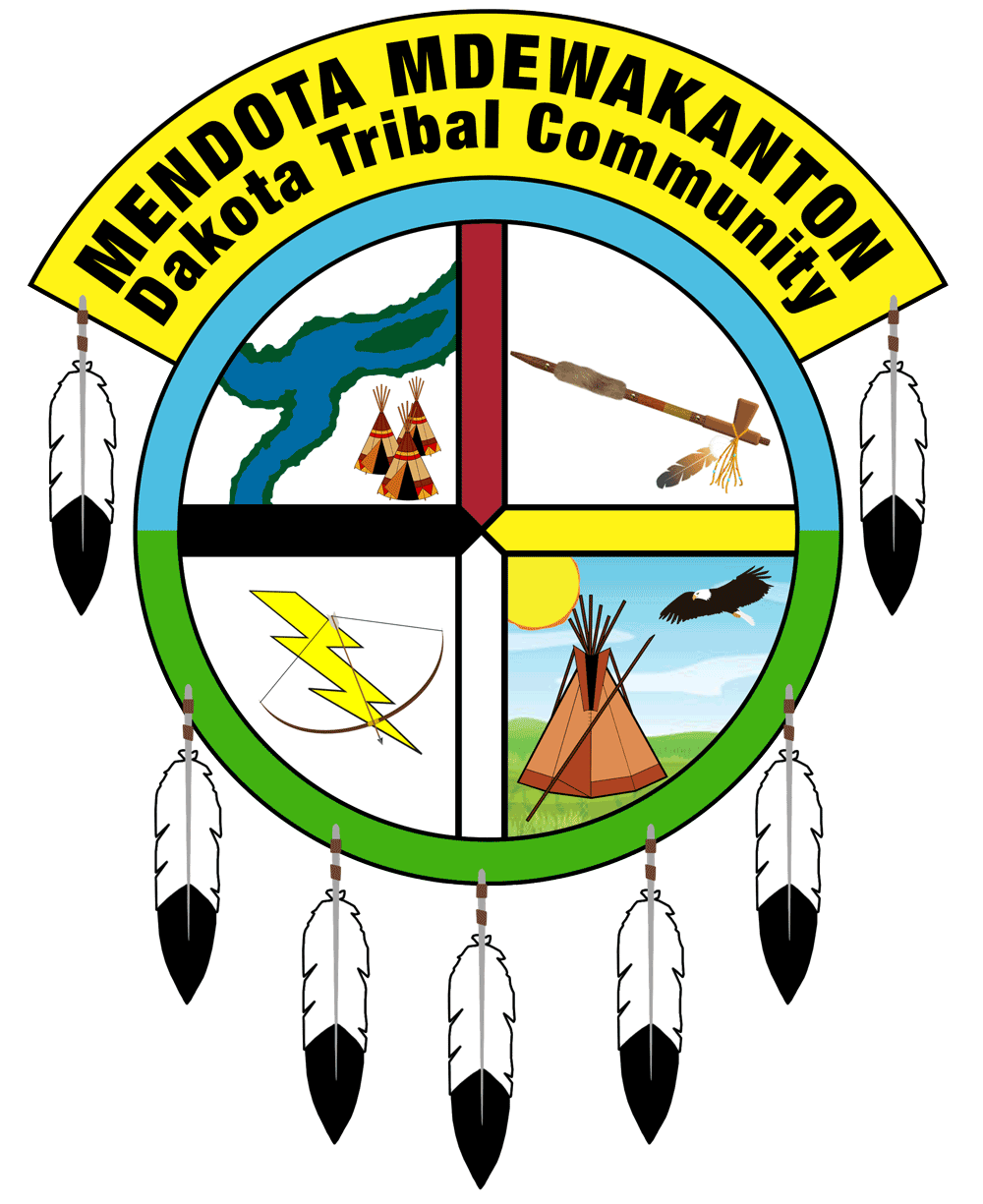Tiffany Eggenberg offers sensitive pastel portraits of contemporary individuals whom she evidently encountered on an annual march commemorating the Dakota’s 1862-63 incarceration near Fort Snelling.
One of the more troubling incidents in Minnesota history occurred in Mankato 146 years ago today when 38 Dakota Sioux Indians were hanged in the largest mass execution in U.S. history. Their deaths were the culmination of four months of warfare between the Dakota and white settlers in the Minnesota River Valley. Sparked by white incursion into Indian lands, the battles were fueled by the federal government’s violation of its own treaties, exploitation by traders who impounded payments due the Indians, retaliatory theft and slaughter by the Indians and subsequent atrocities on both sides.
Starvation, cultural differences, bounties, race hatred, disease and injustice contributed to
a conflict that remains polarizing even today. Memories of the war and the hangings echo in "States, Dates and Place," an exhibit of paintings, drawings and other art at Ancient Traders Gallery in Minneapolis through Jan. 24. Sponsored by Great Neighborhoods! Development Corp., the gallery showcases work by American Indian artists primarily from the Upper Midwest. The show is part of an Indian response to the sesquicentennial, in 2008, of Minnesota statehood.
Many of the Indian artists seem at best ambivalent about the state’s 150th birthday. Gordon Coons summed up the response in "New World Scream," a humorous parody of Edvard Munch’s famous painting "The Scream." On rough paper recalling a buffalo hide, Coons depicts a horrified Indian screaming — or perhaps uttering a war whoop? — as European-style ships and riders encircle him. In "The National Anthem," Jim Denomie casts a typically wry eye on a more contemporary encounter between Anglo and Indian cultures. Before a Twin Cities skyline studded with slot-machine-shaped-skyscrapers and mesas topped with gaming tables and a stadium, he shows an Indian standing on a "Surplus Cheese" van, pitching a ball to an Anglo businessman atop a stretch limo. The Anglos’ land grab continues in Carolyn Anderson’s "Eagle View Properties," in which rows of identical suburban houses abut a wooded prairie on which a developer has planted a hu! ge sign boasting "Future Site of Eagle View Properties."
Not all of the art is overtly historical or specifically anti-Anglo. Star Wallowing Bull offers a Pop-style portrait of an Indian in a felt hat. Jonathan Thunder portrays Indians in transition from traditional feathered headgear to gaunt figures with broken hearts, blue skin and ghostly frames. Tiffany Eggenberg offers sensitive pastel portraits of contemporary individuals whom she evidently encountered on an annual march commemorating the Dakota’s 1862-63 incarceration near Fort Snelling. Dyani Whitehawk sketches "Our Chaotic Landscape," a terrain overrun with buildings, vehicles, tornadoes, power lines and random human clutter. Lisa Fifield alludes to the 19th century’s bizarre clash of cultures in a portrait of a traditionally garbed Indian collaged with Victorian-era valentines and coy cupids.
Turning point in Dakota history
The Mankato execution, however, returns to center stage in Whitehawk’s monoprint "Sometimes They Run." Designed as an inverted flag, its worn red-and-white stripes bleed into each other above a blue rectangle in the lower right corner. Thirty-eight hangman’s nooses line the stripes, and the numeral "38" recurs in the blue field. An accompanying panel explains that the executed were "Dakota warriors fighting for their lives, their land, and first and foremost their rights." Robert Two Bulls, a Twin Cities minister of Oglala Lakota heritage, amplifies the theme in "The 38 Tears of Bishop Whipple," a boldly colored Pop-style painting of a grieving man in a purple cassock, surrounded by 38 teardrop-shaped nooses.
An Episcopal priest who worked among the Dakota, Henry Whipple petitioned President Abraham Lincoln for clemency on behalf of the 303 warriors who were originally condemned to death after cursory trials. Lincoln changed the sentence to imprisonment for all but 39, one of whom was later given a reprieve.
The Dakota Wars of 1862 marked a tragic turning point in Dakota Sioux history. After the hangings, the remaining warriors were imprisoned and more than 1,600 women, children and old men were forced into a camp on Pike Island near Fort Snelling. Hundreds died of disease and hunger during that bitter winter. The following spring, Congress abolished its previous treaties with the Dakota and ordered the people expelled from Minnesota. Most eventually ended up in Nebraska, although some fled to what is now South Dakota, where fighting continued. Coons outlines the troubles in his print "Still Crazy for the Red, White and Blue," which incorporates in a flag-like arrangement a list of treaties, tribes and legal judgments culminating in 1991, when hunting, fishing and gathering rights that were originally codified in 1854 were finally restored.
A firm grounding in the early history of Minnesota and its native people would be an asset in approaching this thought-provoking show, but the art is generous in its instruction and can be simply appreciated for its own sake or as a prod to more research.
Mary Abbe • 612-673-4431
